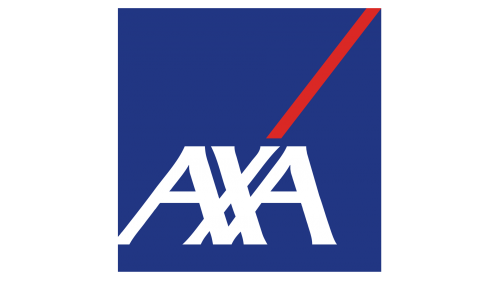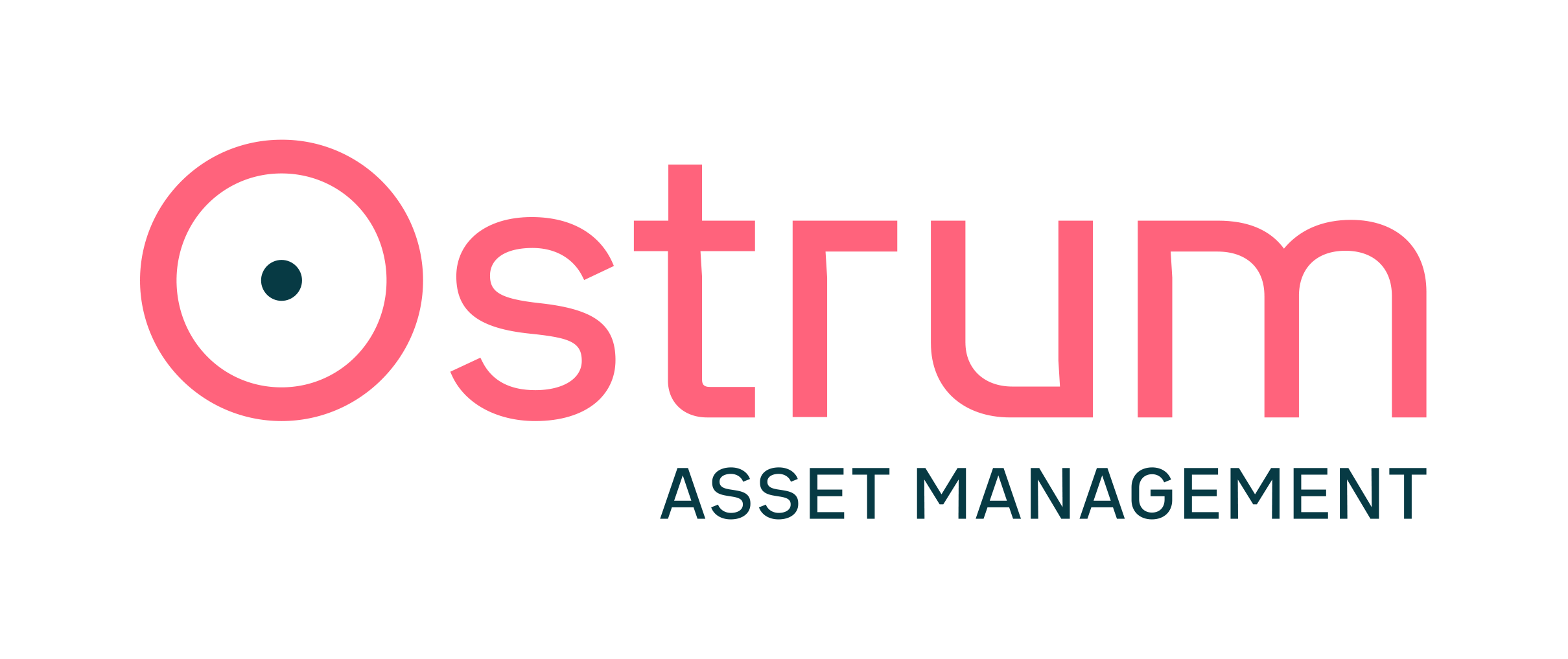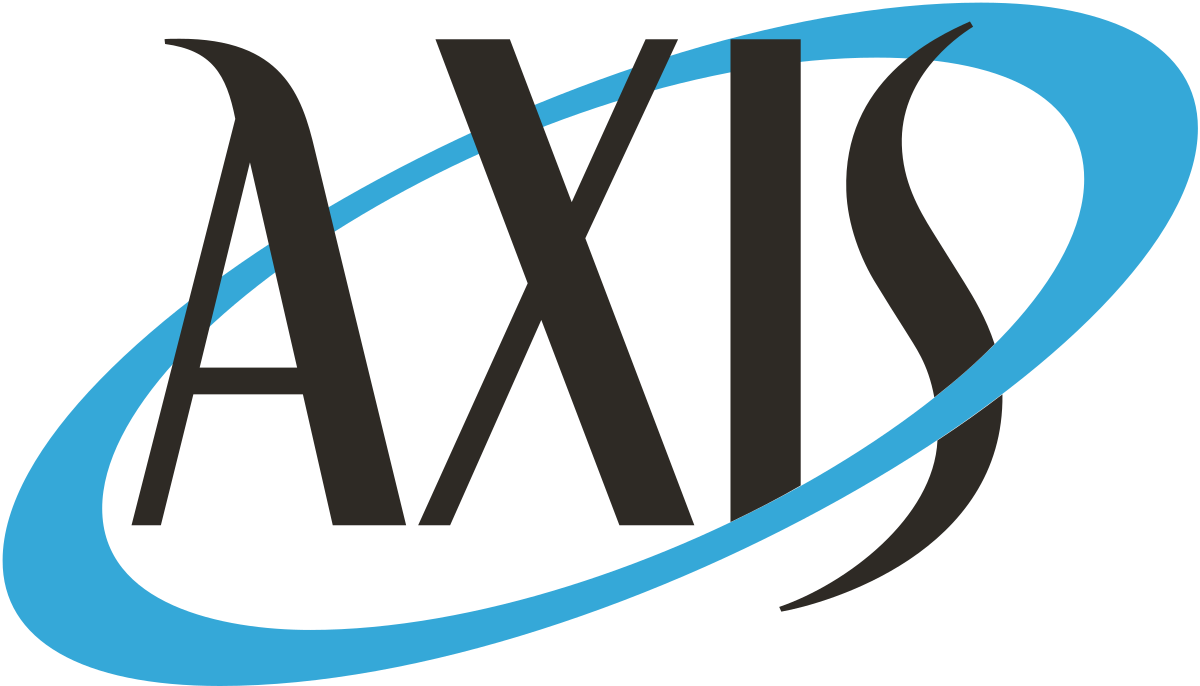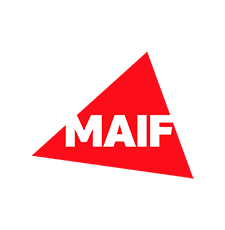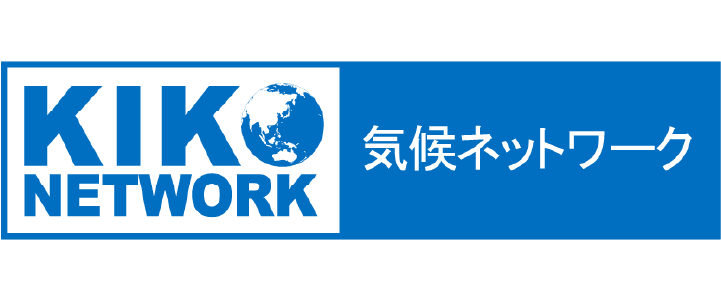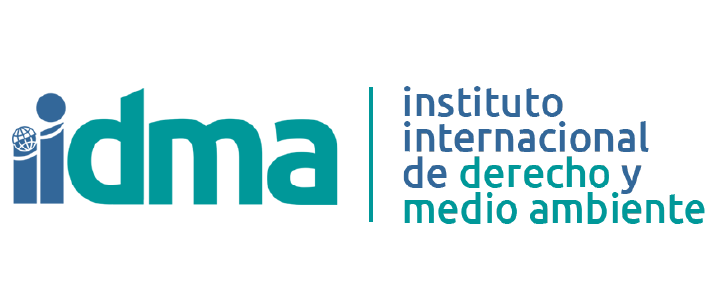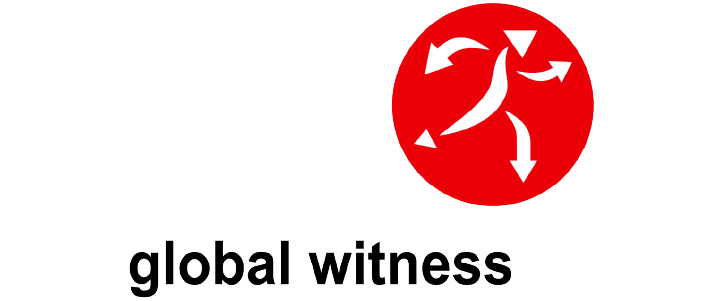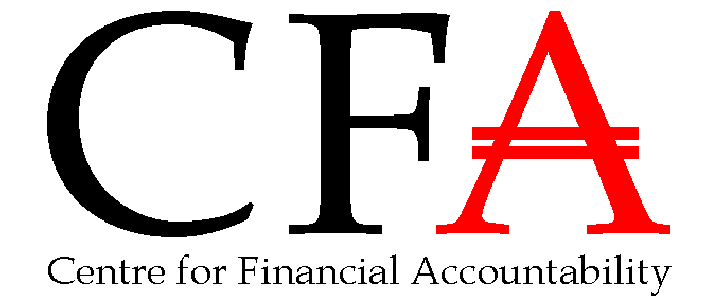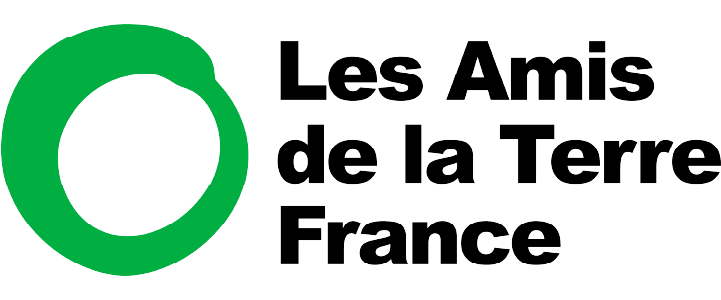BEST PRACTICES
Our selection of best practices for each of our 5 demands
Ending all financial support to coal projects



Natixis has ended direct financing for all coal mines, coal plants, and coal infrastructure projects, and explicitly excludes facilitating coal asset sales.
To date, 69 banks and insurers have ended financing for new thermal coal mines and plants. Natixis has gone above and beyond, also ending financial support to new coal infrastructure projects, such as new coal export-import terminals, and to retrofits extending coal plants’ lifespans. Only 14 other financial institutions have taken these additional measures.
Another critical issue in the timely phase-out of coal power is the choice made by some companies to sell existing thermal coal plants rather than close them—only the closure of coal plants decreases the overall emissions caused by coal. This issue is particularly salient in Europe, where big European utility companies, including Engie, have sold several coal plants to the Czech power company EPH (Energetický a průmyslový holding, a.s.). Natixis explicitly excludes all financing for the acquisition of coal mines, coal plants, and coal related infrastructure.
Excluding almost all coal developers



The Crédit Agricole group is comprised of a banking arm, an insurance division, and asset management giant Amundi.
The group excludes all companies developing new coal assets and is one of the few financial institutions to also exclude companies purchasing existing coal assets without pledging to shut them down by their planned end of life by 2030 in EU/OECD countries and 2040 worldwide.
The litmus test of financial institutions’ seriousness in tackling the human and climate impacts of the coal sector is whether a coal policy excludes companies with plans to build new thermal coal mines, plants, or infrastructure such as terminals.
AXA was the first global player to adopt the Global Coal Exit List (GCEL) to identify and exclude companies because of their plans to build new coal assets. Since the GCEL’s first use in 2017, many more financial institutions have adopted forward-looking exclusion criteria. To date, 93 financial players exclude some companies explicitly based on their coal development plans and 42 players have ended financial support to all companies planning to build any new coal assets (mines, plants and infrastructure).
Only La Banque Postale has so far committed to excluding companies selling equipment for new coal projects.
Adopting a very stringent relative exclusion criteria



Storebrand excludes companies deriving more than 5% of their revenues from coal. While Storebrand uses the wrong metric to assess the share of coal in the total activities of power producers, this 5% threshold is far more ambitious than that demanded by NGOs. Reclaim Finance and its partners currently demand that financial institutions (1) exclude companies generating more than 20% of their revenues or electricity generation from coal and (2) commit to reduce the threshold to zero at the latest by 2030 for Europe and OECD countries and by 2040 in other countries. To date, 208 financial institutions restrict their financial services to coal companies based on the relative share of activities related to coal. 41 of them have adopted a threshold equal or less than 20%, but fewer have committed to lower the threshold over time.
In 2018, Storebrand committed to regularly lowering its 25% exclusion threshold to fully exit coal by 2026. However, in 2020, Storebrand decided to accelerate its coal phase-out and adopted a 5% exclusion threshold; KLP, another Norwegian investor, had already made such a commitment in May 2019. Committing to a lower threshold can be challenging given a lack of accurate information, and a 5% threshold is just steps away from a full coal exit. However, many companies with coal expansion plans fall below this threshold and some data providers consider that several significant coal companies derive less than 5% of their revenues from coal. While both Storebrand and KLP have adopted absolute exclusion thresholds (see below), only Storebrand excludes certain companies with coal expansion plans.
Adopting a very stringent absolute exclusion



The Crédit Mutuel group is comprised of a banking arm, an insurance division, and an asset management branch. Crédit Mutuel excludes companies mining more than 10 Mt of coal per year and companies with more than 5 GW of coal power capacity.
The vast majority of the financial institutions restricting their financial services to coal companies only exclude companies based on the relative share of activities related to coal. This approach allows financial institutions to protect themselves from coal-related financial risks but ignores the climate impact of their financial services to the coal sector. Indeed, a relative exclusion threshold let diversified companies off the hook even if the size of their coal operations puts them among the top coal plant operators and top coal producers. To date, 63 financial institutions have adopted a meaningful absolute threshold, but few have committed to lower the threshold over time. 27 followed Crédit Mutuel and adopted similar or even lower exclusion thresholds.
In 2017, AXA was the first investor to acknowledge this risk and adopt an absolute exclusion threshold excluding some companies. At the One Planet Summit, AXA’s CEO said, “we must not only ask if climate change harms our investments: we must also make sure our investments do not harm the climate”. However, Crédit Mutuel was the first financial institution to adopt very ambitious absolute exclusion thresholds on both coal mining and coal power and to apply it to all its financial services.
Actively supporting a just coal phase-out



La Banque Postale Asset Management excludes companies that have not published a plan to phase out coal by 2030 in Europe and OECD countries and 2040 worldwide. The French asset manager requires this plan to be based on the closure, not sale, of coal assets, and to consider the social impacts of such closures.
Many investors praise the corporate engagement process to justify the absence of exclusion criteria, but engagement proceedings are not transparent and rarely have clear deadlines or consequences in the event of failure.
Throughout the world, 79 financial institutions have committed to fully exit the coal sector (for both coal mining and coal power) by 2030 in Europe and OECD countries and by 2040 in the rest of the world, or earlier. As of now, 38 financial institutions are requesting companies publish a coal phase-out plan by specific deadlines, and 18 financial institutions have made the adoption of such plan a mandatory requirement to continue their financing/investments. Few require companies close, rather than sell their assets and pay attention to its social impacts; La Banque Postale AM is the only one to make this requirement immediate.
Robust coal policies
We identify a total of 26 financial institutions with robust policies : top players AXA, Axis Capital, CDC, Crédit Mutuel, La Banque Postale, Ostrum AM and SCOR along with Desjardins and 10 other French financial groups: AG2R La Mondiale, BNP Paribas Cardif, CNP Assurances, Covéa, Groupama, Ircantec, La Financière de l’Echiquier, MACIF, MACSF and MAIF. All these institutions’ policies end financial services that directly or indirectly support the expansion of the coal sector, whether through direct financial support to projects or general support to companies with coal expansion plans. These financial institutions also commit to a) decreasing their exposure to coal to zero at the latest by the Paris aligned deadline of 2030 in Europe and OECD countries and 2040 worldwide; b) by immediately excluding companies with high exposure to coal and strictly engaging companies to secure quality coal phase-out plans.
